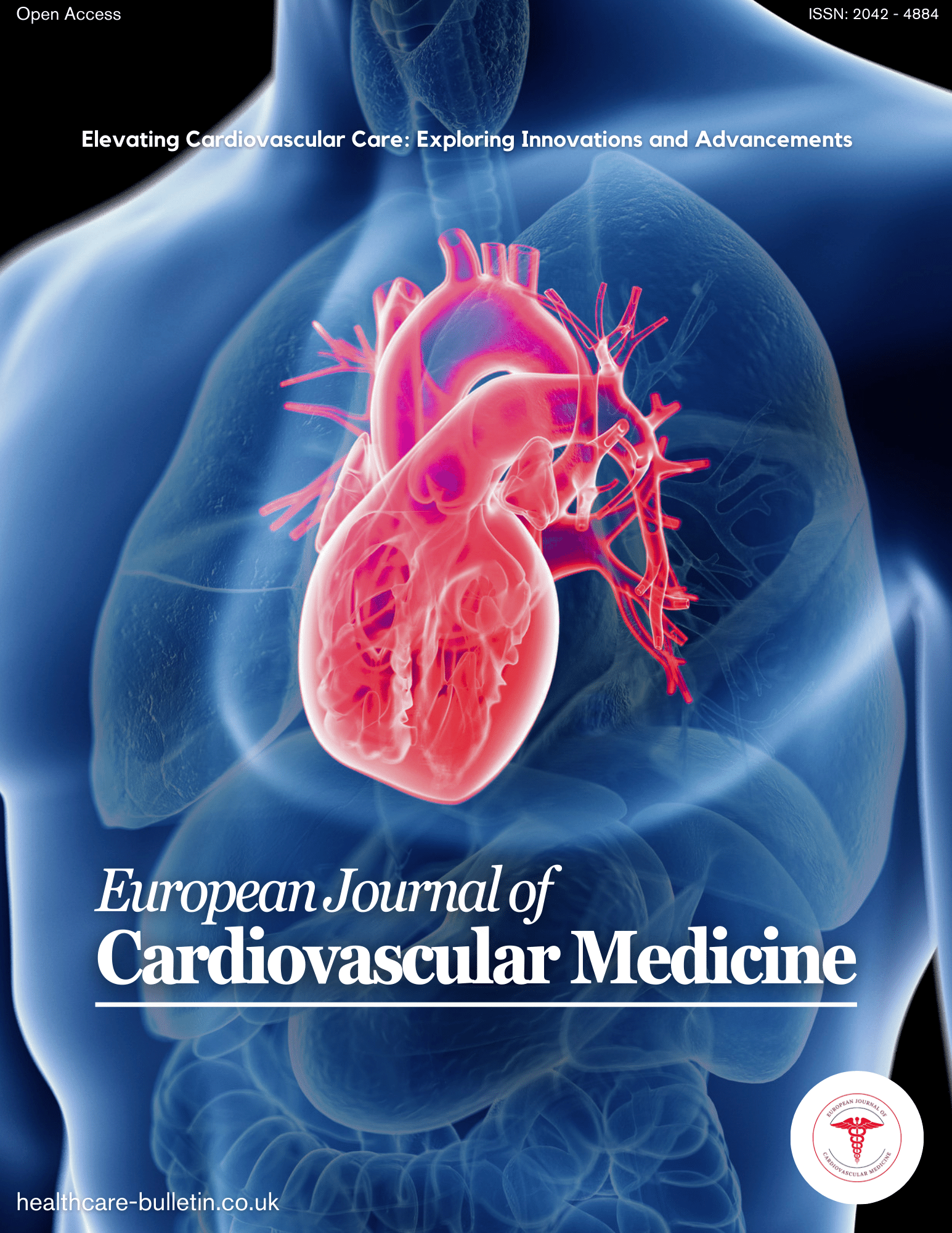
FAQ
Register
Login

European Journal of Cardiovascular Medicine
Open Access
1.0
CiteScore
4.99
Impact Factor
Menu
Submit your article